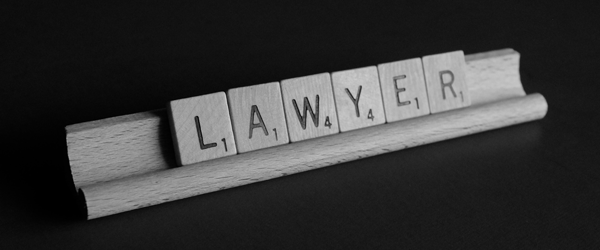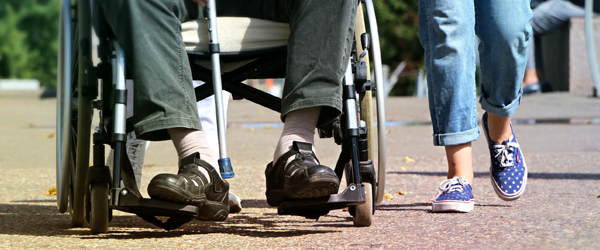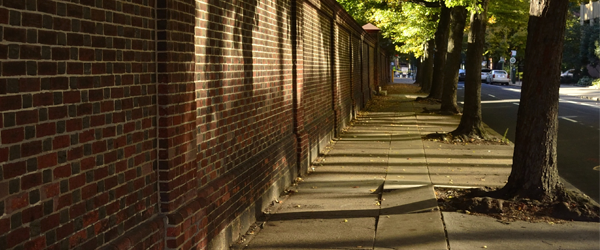
We take our work in the bike community seriously and we are always here to talk to cyclists and answer questions about what to do if you’ve been injured or had your bicycle damaged in a car crash. Sometimes, we just help cyclists navigate a claim on their own with an insurance company (you can download our free toolkit to help you with your property damage demand to get the insurance company to pay for your bike here), but sometimes having a lawyer in your corner is the best option. Here are answers to some of the questions we get asked most often.
Is there a statute of limitations on a personal injury lawsuit?
Yes. Generally, in California, you have two years from the date you were injured to file a lawsuit. However, there are some types of personal injury cases like those involving public buses (MUNI or SamTrans), trains, or other transit (BART) that have much shorter deadline to file a lawsuit, and require a claim to be filed first within 6 months of an injury, before a lawsuit can be filed. If you’ve been in a bike crash it can give you piece of mind to call us as soon as you can to get the information that applies to your specific facts.
Should I get a police report if I’m hit by a car?
In an ideal world, police officers will automatically prepare a police report in every traffic collision. Sadly, it is not a perfect world. If police are sent to the scene of a collision and are told no one was injured, most officers will not do a report. If the call to 911 says no one was injured, the police will usually not be sent to the scene either. Understandably, cyclists just hit by a vehicle are often in shock and do not understand if they are actually injured. It’s important to try to take a moment to assess not only if you feel pain but if you just don’t feel right, you should request an ambulance. If the police won’t do a report, if possible to gather as much information as possible at the scene like names of witnesses, the license plate number of the vehicle that hit you, the name of the driver and insurance information. If you’re able pull out your phone and snap a quick picture of their insurance card and driver’s registration as these two documents will have a lot of the information you need You can also go to the nearest police department and file a counter report.
Can I recover lost wages?
Yes. If you missed work as a result of your injury, even just the day of the accident, it is possible to recover lost wages. This is actually quite common in a bicycle accident resulting in an injury. There may be time spent in a hospital, time recovering at home, or frequent doctor visits that force you to step away from work. Be sure to keep track of the hours you miss as a result of your injury.
Can I recover medical expenses?
Yes. If you were injured as a result of a cycling accident, you are entitled to all past and future medical expenses, even if your health insurance company paid for those expenses. Your health insurance provider may cover your medical bills initially, but be sure to keep records of your visits and co-pays If you were injured, the first thing you will want to do is seek medical attention. It is so important to take care of yourself. Many people feel confused about if they should or shouldn’t go to the doctor after an accident. If you’re hurting or are worried about a potential injury like a concussion, seek help.
Can I recover the cost of my bicycle and helmet? What about a broken phone?
Yes. If you have been in an accident while riding your bicycle and as a result your helmet, bike or other personal property, like your phone, gets damaged, you are entitled to be reimbursed for these expenses. If you were not injured but had your property damaged, take a look at our free toolkit on writing a property damage demand letter to the insurance company. If you get stuck, give us a call.
Do I need a lawyer if I’m injured?
We get this question a lot. Here’s our best answer – there are some cases where we feel that having a lawyer just won’t add value to your case—meaning you would do better handling it on your own. There are other cases where we believe we can really help you. But more importantly we will have a long conversation with you and discuss what is right for you. We never look at whether a case is “big enough” or “small enough”, we take each person who calls us as a unique situation and try to find a solution that makes sense.
How much does a personal injury lawsuit consultation cost?
Our personal injury lawsuit consultations are free. You can contact us here to get started or call us at either our San Francisco office at (415) 956-9245, or at our Paso Robles office at (805) 619-3108.
What if I got hurt because of road conditions and not a collision with a car?
We handle many cases that involve dangerous roads poorly maintained or designed by cities, counties or the State. These cases are very complex and because of that, it’s important to contact us as soon as possible so that evidence can be preserved.



